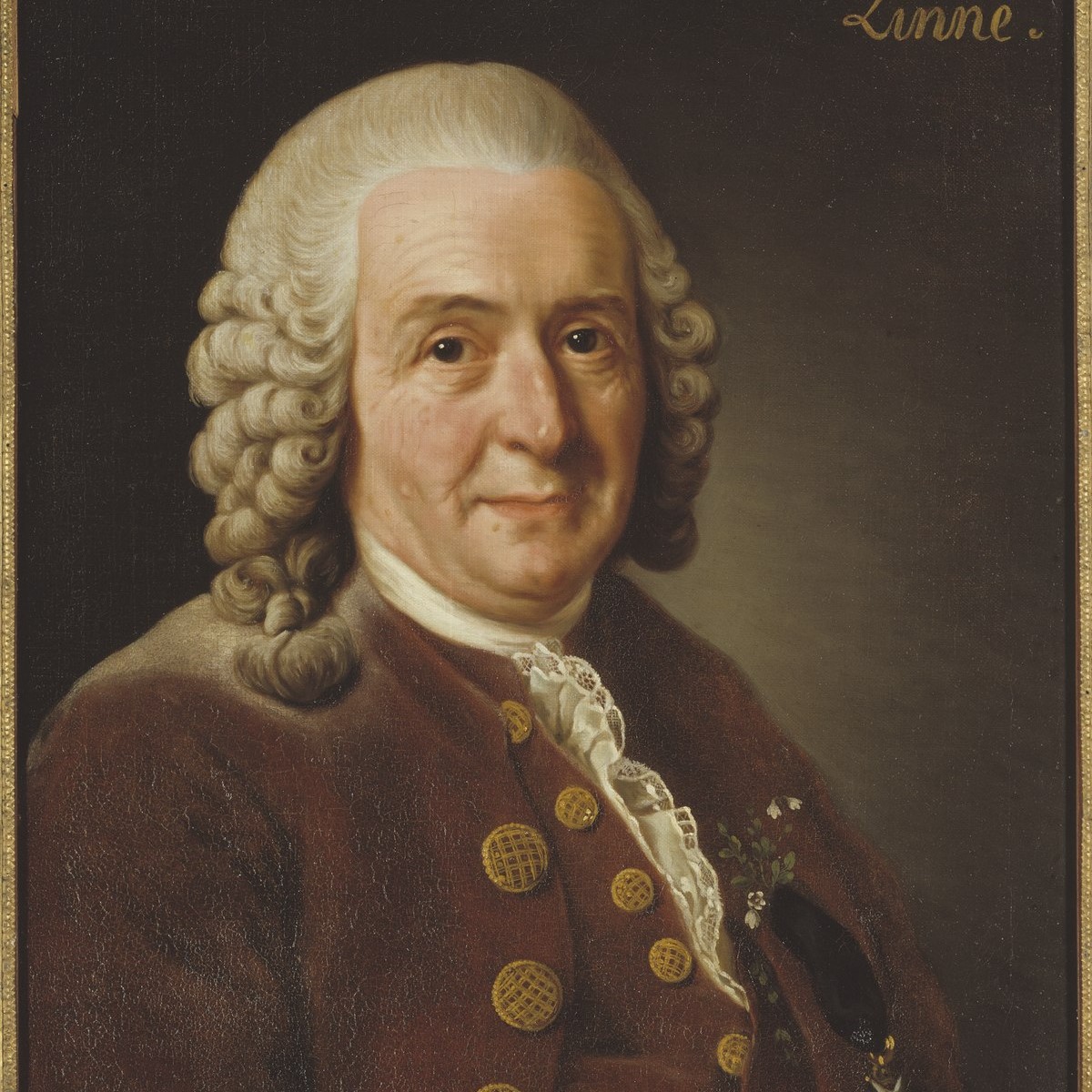
Carl Linnaeus
Swedish Carl Linnaeus, born on May 23, 1707, in Rasholt, introduced the new concepts of the classification of the natural world. He named the new species by giving them two Latin words, this he presented the binomial nomenclature that has become the language of biology to this day.

Linnaeus studied at Lund University and also at the Uppsala University. In 1735, he came out with “Systema Naturae” that sought to have an orderly method of classifying living organisms.
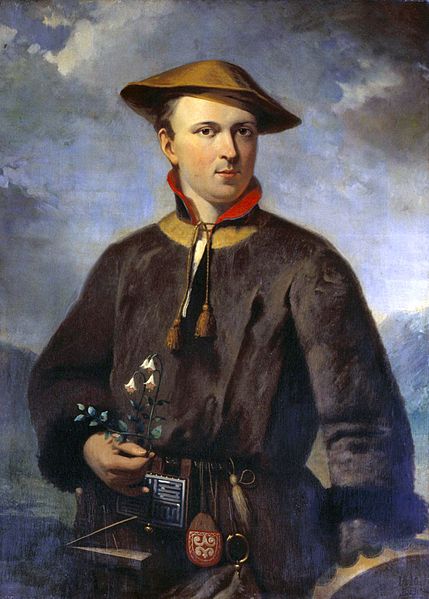
His activity organised and stressed the variability of life; at the same time, his ideas helped to classify this variety and establish a place for it in the system of knowledge. Science, expeditions, botany : Linnaeus’s works concerning plant sexual reproduction assembled a wealth of knowledge on species.
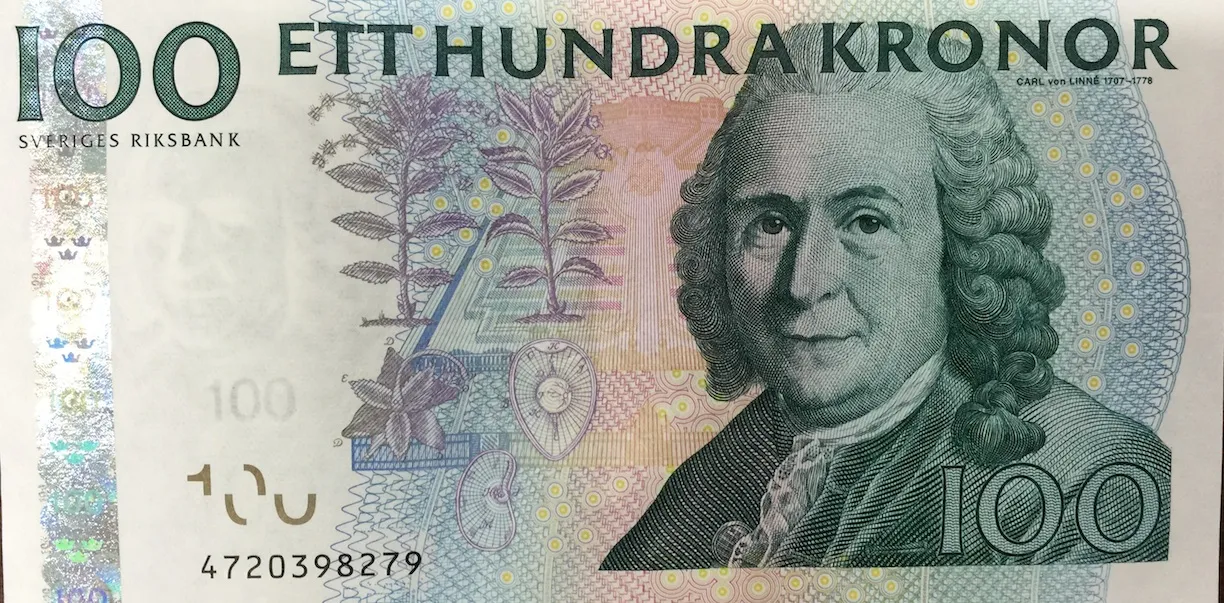
It is on record that he was made a Royal physician to the King of Sweden and a professor at Uppsala University. This scientist was also a member of the Royal Society of London.
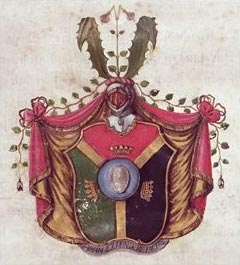
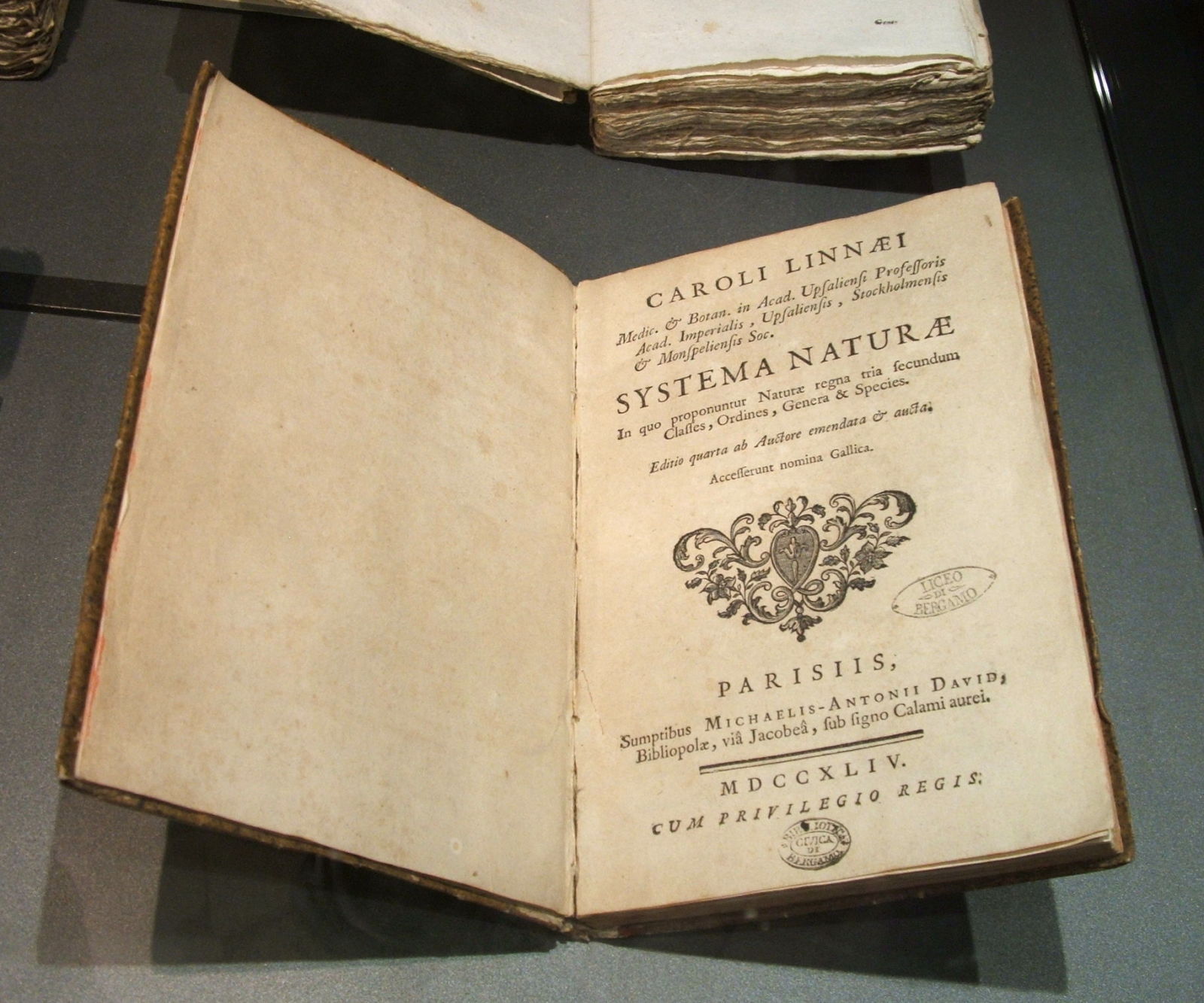
Linnaeus was married to Sarah Elisabeth Moraea and the scientific tradition was carried forward by him through his son Carl Linnaeus the younger.
Carl Linnaeus left a legacy that shows that systematic study and classification remain relevant to this date. In this regard, his display of taxonomy makes the present and successive generations of scientists to learn the understanding of the complexity [of the natural world]. He is still remembered as the father of taxonomy whose work impacts biological research and discovery to date.